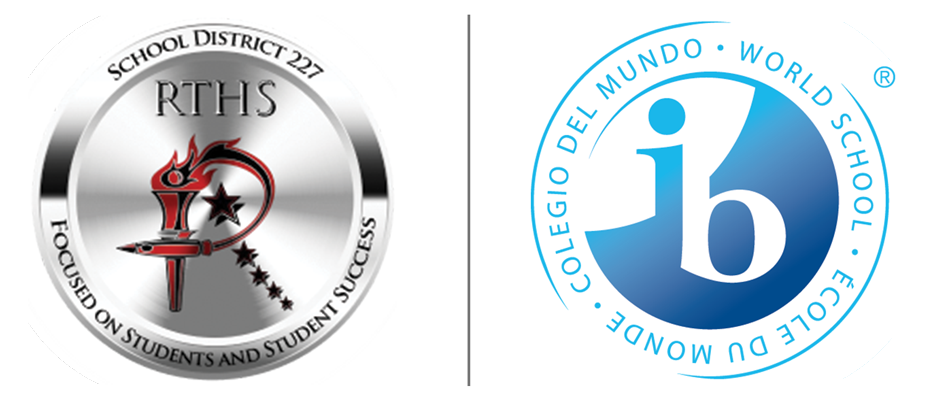MULTI-TIERED SYSTEM OF SUPPORTS (MTSS) Multi-Tiered System of Supports (MTSS)
Multi-Tiered System of Supports (MTSS) is the practice of providing high-quality instruction and interventions matched to student need, monitoring progress frequently to make decisions about changes in instruction or goals, and applying child response data to important educational decisions.
Each campus has implemented a multi-tier model of educational resource delivery. Each tier represents an increasing intensity of services matched to the level of current student need. Student intervention outcomes drive decision making at every tier of the model. A systematic data-based decision making (problem-solving) method is used to decide what interventions to try and determine whether the implemented strategies are working for students.
The three MTSS tiers are:
Tier 1 is a foundation. This is the instruction that all students receive in the general education classroom with their general education teacher. It is called Tier 1 instruction or core instruction. The teachers and administrators will make sure that materials or instructional practices are of high quality and effective research based for all students.
Tier 2 supplemental interventions are provided with an increased level of intensity in addition to core instruction for small groups of students who show risk of not meeting grade level standards. With fewer students in a group, an individual student has more opportunities to respond, and the teacher has more opportunities to give immediate and appropriate feedback to each student.
Tier 3 intervention is provided at a higher level of intensity in comparison to Tier 2 and are also provided in addition to core instruction. Tier 3 interventions provides to a small group of two to three students, or to an individual student, by a staff member. Interventions are tailored specifically to meet the needs of each student.
